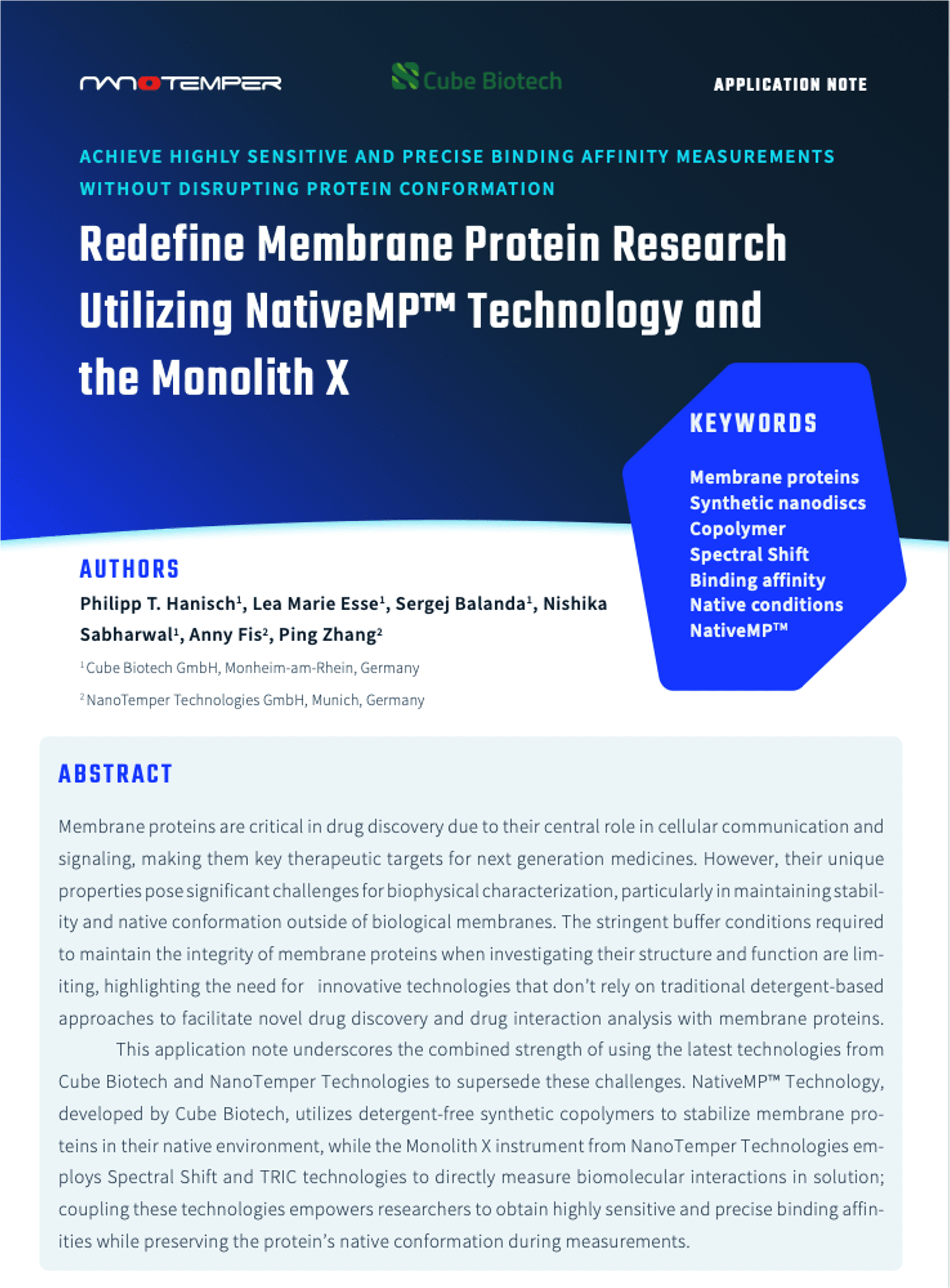Juarez, J, Munoz-Garcia, J., Inácio dos Reis, R., et al.
Biochimica et Biophysica Acta - Biomembranes 2020
vol: 1862(3) doi: 10.1016/j.bbamem.2019.183152
Abstract
Dopamine receptors (DRs) are class A G-Protein Coupled Receptors (GPCRs) prevalent in the central nervous system (CNS). These receptors mediate physiological functions ranging from voluntary movement and reward recognition to hormonal regulation and hypertension. Drugs targeting dopaminergic neurotransmission have been employed to treat several neurological and psychiatric disorders, including Parkinson's disease, schizophrenia, Huntington's disease, attention deficit hyperactivity disorder (ADHD), and Tourette's syndrome. In vivo, incorporation of GPCRs into lipid membranes is known to be key to their biological function and, by inference, maintenance of their tertiary structure. A further significant challenge in the structural and biochemical characterization of human DRs is their low levels of expression in mammalian cells. Thus, the purification and enrichment of DRs whilst retaining their structural integrity and function is highly desirable for biophysical studies. A promising new approach is the use of styrene–maleic acid (SMA) copolymer to solubilize GPCRs directly in their native environment, to produce polymer-assembled Lipodisqs (LQs). We have developed a novel methodology to yield detergent-free D1-containing Lipodisqs directly from HEK293f cells expressing wild-type human dopamine receptor 1 (D1). We demonstrate that D1 in the Lipodisq retains activity comparable to that in the native environment and report, for the first time, the affinity constant for the interaction of the peptide neurotransmitter neurotensin (NT) with D1, in the native state.
Topics: Monolith, MST, Membrane Proteins, Publications











